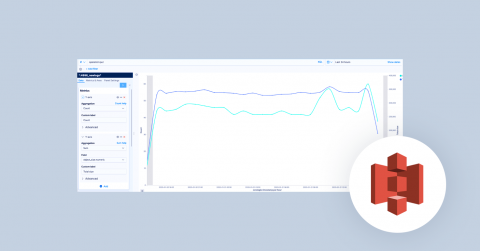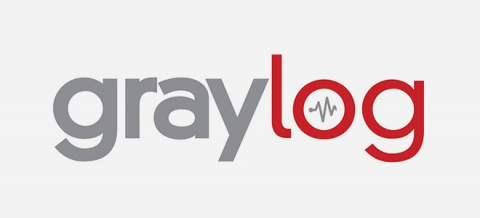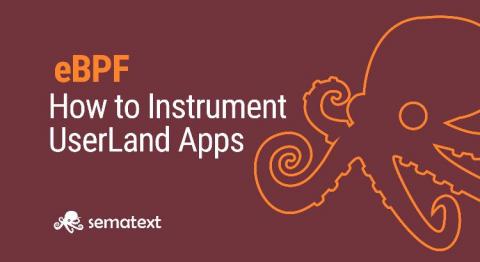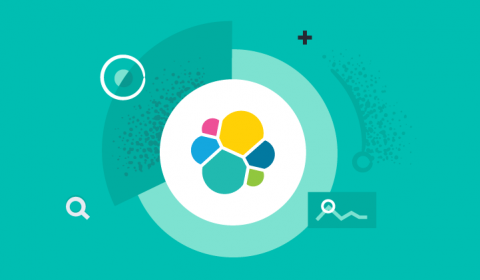Operations | Monitoring | ITSM | DevOps | Cloud
Logging
The latest News and Information on Log Management, Log Analytics and related technologies.
10 Alerts and Visualizations for S3 Server Access Logs to take control of AWS infrastructure
AWS S3 Server Access logs provide detailed records for requests made to S3 buckets. They’re useful for many applications. For example, access log information can be useful in security and access audits. It can also help generate customer insights and better understand your Amazon S3 bill. Coralogix makes it easy to integrate with your S3 server access logs via a Lambda function.
Elastic SIEM for home and small business: Beats on Mac
Hey, there. This is part six of the Elastic SIEM for home and small business blog series. If you haven’t read the first, second, and third blogs, you may want to before going any further. In the Getting started blog, we created our Elasticsearch Service deployment and started collecting data from one of our computers using Winlogbeat. In the Securing cluster access blog, we secured access to our cluster by restricting privileges for users and Beats.
The total business impact of Sumo Logic Cloud SIEM
Implementing Geolocation with Graylog Pipelines
Geolocation can be automatically built into the Graylog platform by using the "GeoIP Resolver" plugin with a MaxMind database. However, you can further improve your ability to extract meaningful and useful data by leveraging the functionality of pipelines and lookup tables. In fact, these powerful features allow you to do much more than the basic plugin.
Detecting CVE-2020-0601 Exploitation Attempts With Wire & Log Data
Editor’s note: CVE-2020-0601, unsurprisingly, has created a great deal of interest and concern. There is so much going on that we could not adequately provide a full accounting in a single blog post! This post focuses on detection of the vulnerability based on network logs, specifically Zeek as well as Endpoint. If you are collecting vulnerability scan data and need to keep an eye on your inventory of systems that are at risk, then check out Anthony Perez’s blog.
How to Instrument UserLand Apps with eBPF
eBPF has revolutionized the observability landscape in the Linux kernel. Throughout our previous blog post series, I covered the fundamental building blocks of the eBPF ecosystem, scratched the surface of XDP and showed how closely it cooperates with the eBPF infrastructure to introduce a fast-processing datapath in the networking stack. Nevertheless, eBPF is not exclusive to kernel-space tracing.
Elastic on Elastic: Embracing our own technology
When making investments in our tech stack, we tend to have doubts about companies that don’t use their own products and services. At Elastic, we deploy the full suite of our technology across the enterprise. We do so because our technology not only works, but it makes us more efficient and flexible on so many levels. And it can do the same for you and your business, too.
Creating a Custom Container for the Deep Learning Toolkit: Splunk + Rapids.ai
The Deep Learning Toolkit (DLTK) was launched at .conf19 with the intention of helping customers leverage additional Deep Learning frameworks as part of their machine learning workflows. The app ships with four separate containers: Tensorflow 2.0 - CPU, Tensorflow 2.0 GPU, Pytorch and SpaCy. All of the containers provide a base install of Jupyter Lab & Tensorboard to help customers develop and create neural nets or custom algorithms.
Best Practices for Using Splunk Workload Management
Workload management is a powerful Splunk Enterprise feature that allows you to assign system resources to Splunk workloads based on business priorities. In this blog, I will describe four best practices for using workload management. If you want to refresh your knowledge about this feature or use cases that it solves, please read through our recent series of workload management blogs — part 1, part 2, and part 3.









